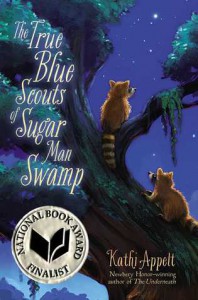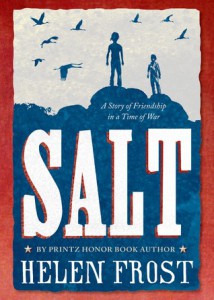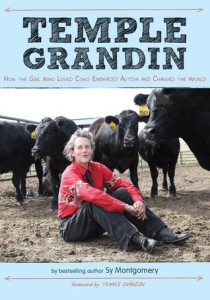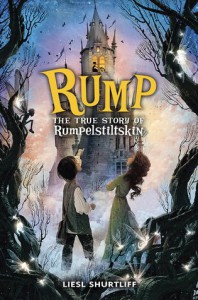<<http://www.shelf-awareness.com>>. November 27, 2013 children’s book
Book Review: “…staccato phrases move like music…”
Children’s Review: Josephine
Josephine: The Dazzling Life of Josephine Baker by Patricia Hruby Powell , illus. by Christian Robinson (Chronicle, $17.99  hardcover, 104p., ages 7-10, 9781452103143, January 14, 2014)
hardcover, 104p., ages 7-10, 9781452103143, January 14, 2014)
Patricia Hruby Powell (Blossom Tales) begins this biography of the larger-than-life Josephine Baker (1906–1975) with her 1927 quote, “I shall dance all my life…. I would like to die, breathless, spent, at the end of a dance.” A dancer herself, Powell uses rhythmic language like the beat to this life well lived, and chronicles how Baker fulfilled her wish, leaving this life after a triumphant opening at the Bobino theater in Paris, at age 69.
Christian Robinson’s (Harlem’s Little Blackbird) pleasingly flat-planed, folk-art style works to dramatic effect. Drab background colors as Josephine’s mother scrubs floors to support the family give way to a bright white backdrop of vaudeville dancers on the next page, the manifestation of the woman’s own dreams of dancing. He follows Tumpy, the childhood incarnation of Josephine, as she transforms into a dancer whose “knees squeeze, now fly/ heels flap and chop/ arms scissor and splay/ eyes swivel and pop.” A teenage Josephine, suspended above the stage as Cupid, seems to swing off the page, her arms and legs pumping as if with a child’s joy on a playground swing. Powell suggests that Baker’s witness of the East Saint Louis riots seeded “the core of a volcano” that she’d later channel into her dances.
Creative use of type and design lay out the text like poetry; italics indicate original quotes (attributed on an end page). Brief staccato phrases move like music (“she stumbled off balance on elastic legs–/ on purpose–/ looked up in surprise,/ dropped her elbows/ like limp washcloths,/ crossed her eyes, flashed a smile./ And the audience laughed”). Powell lays out the realities of segregation in the United States for a touring Josephine and, by contrast, the warm welcome she received in France. The author suggests, however, that even after headlining at the Folies Bergère in Paris, Baker never quite felt at home in her native land. She became “the first and only Negro star” of America’s Ziegfeld Follies, yet had to enter her hotel through the servants’ entrance. Powell discusses Baker’s work in the French Resistance and how she lived out her philosophy through her “rainbow tribe”–12 children she and her husband adopted from around the world and raised in their own religions.
Powell and Robinson create a biography of a woman whose life and art are inseparable. Josephine Baker did exactly what she set out to do: she danced all her life. —Jennifer M. Brown






